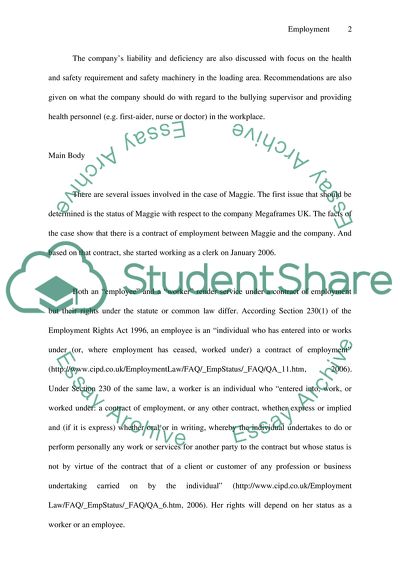Cite this document
(Module Employment Law of Human Resource Management in UK Essay, n.d.)
Module Employment Law of Human Resource Management in UK Essay. Retrieved from https://studentshare.org/human-resources/1705638-report-on-a-given-case-studyits-for-the-module-employment-law-of-human-resource-management-uk
Module Employment Law of Human Resource Management in UK Essay. Retrieved from https://studentshare.org/human-resources/1705638-report-on-a-given-case-studyits-for-the-module-employment-law-of-human-resource-management-uk
(Module Employment Law of Human Resource Management in UK Essay)
Module Employment Law of Human Resource Management in UK Essay. https://studentshare.org/human-resources/1705638-report-on-a-given-case-studyits-for-the-module-employment-law-of-human-resource-management-uk.
Module Employment Law of Human Resource Management in UK Essay. https://studentshare.org/human-resources/1705638-report-on-a-given-case-studyits-for-the-module-employment-law-of-human-resource-management-uk.
“Module Employment Law of Human Resource Management in UK Essay”, n.d. https://studentshare.org/human-resources/1705638-report-on-a-given-case-studyits-for-the-module-employment-law-of-human-resource-management-uk.


